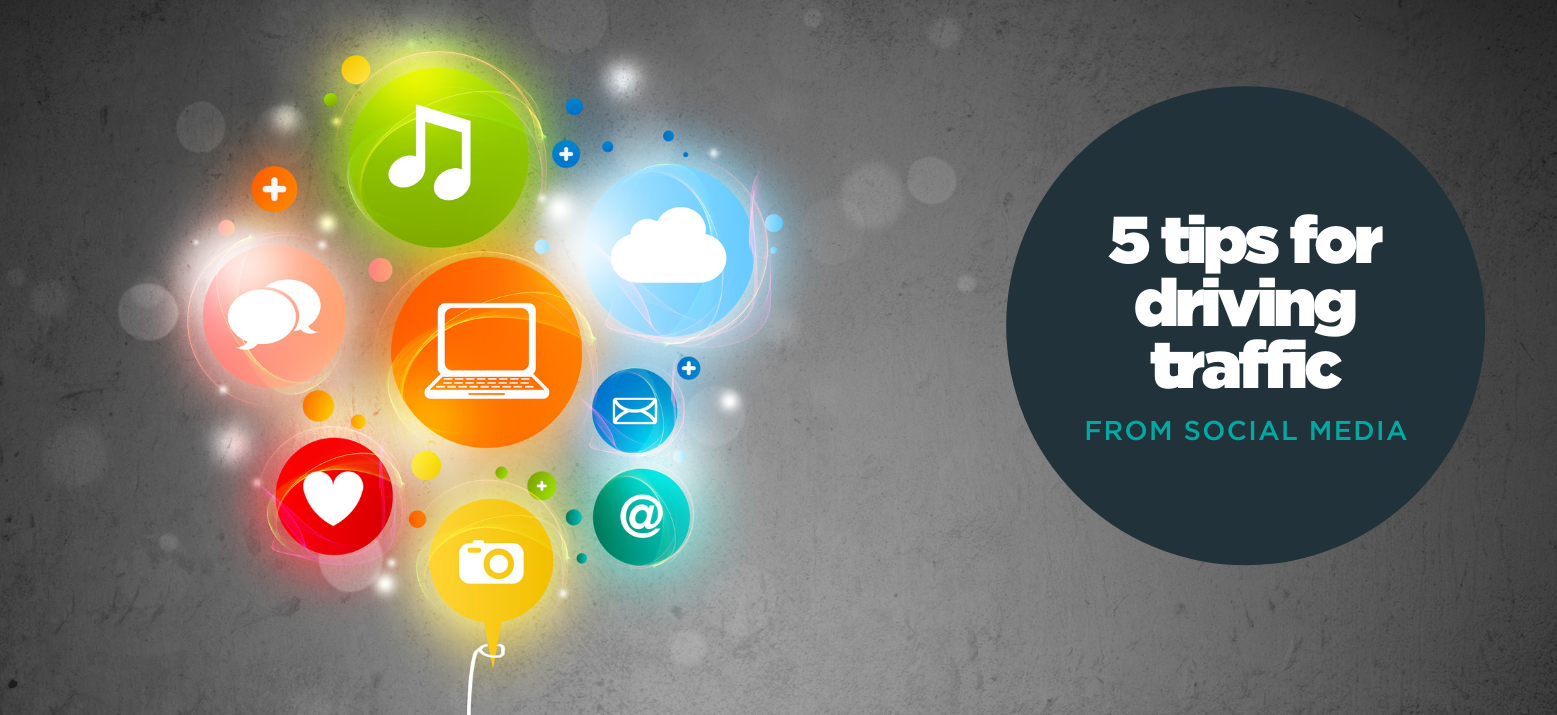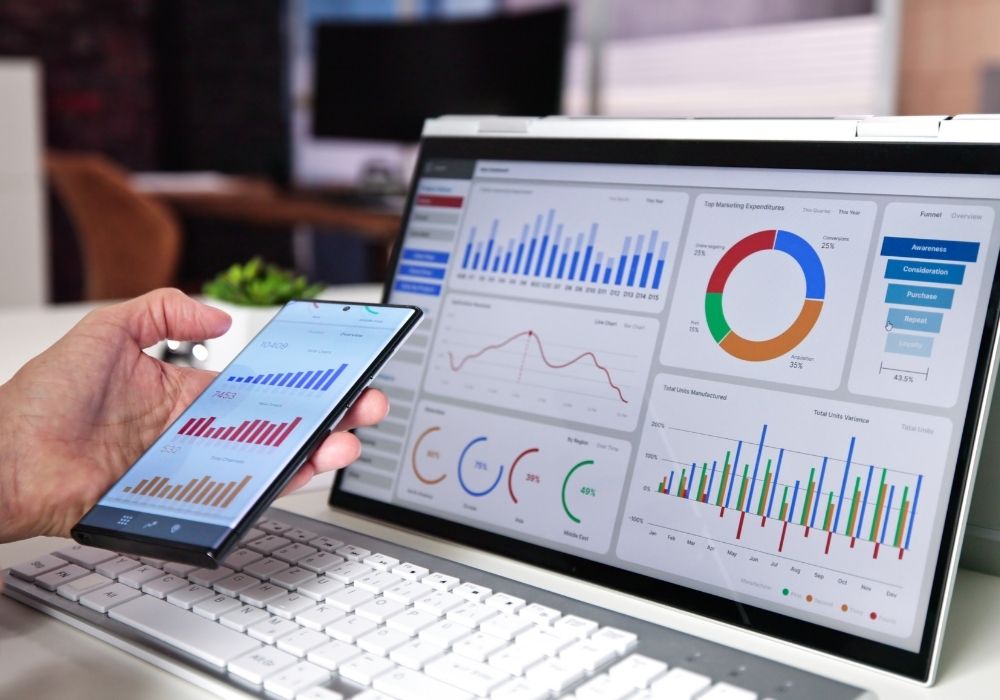Every kind of business can have social media as part of their wider marketing strategy, with many aspects perfectly complementing your content marketing and SEO activities. Even for B2B audiences, there are ways to leverage social content in a way that encourages website visits from relevant people.
Gone are the days in which social media platforms were seen as just an engagement channel with no real value to the brands or businesses associated with them. Hootsuite’s latest annual social trends survey revealed that 73% of all marketers ranked “increased acquisition of new customers” as their top outcome for social in 2021. However, getting your target audience from the social platform they see your content on, to your website to convert into a lead or a customer is often where things get tricky.
Using paid social ads as part of your strategy can certainly drive people to your website and play a direct role in making sales or generating leads, but are these ads working as hard as they possibly can for you? Are there ways to increase your organic social traffic too to give a better return on investment? In this blog, we aim to help answer these questions, and more, as we offer tips for increasing the relevant traffic from social to your site.
First off though, it’s important to get a benchmark for the traffic currently landing on your website via social media.
Which social media platform drives the most traffic?
Using your website analytics, you can look at which social platforms are currently sending any traffic to your site. It can be a good idea to take a look at a few different time periods for each platform too, rather than just the last few weeks and months, to see if any particular social activity you’ve done in the past has been a good traffic driver, as this could be useful info for future strategy.
Once you have a good idea about current and past performance in terms of social and traffic, you can start to look at how to increase the relevant traffic you’re driving through from these platforms. With the key word being relevant. Loads of different kinds of activity are great for driving people to your site – but are they the right people, and at a time when they are ready to convert? This is the key to making sure that your time and effort is being spent in a way that will bring the best possible return for the business.
How to drive social media traffic to your website
In the same way as any type of content marketing, the key to creating social media content that will resonate with your audience and compel them to click through is to put their needs first. Don’t think about what messages you want to give them – but instead about what they actually need from you in order to move them along their buyer journey. Providing them with social content that meets a need of theirs, along with giving them a reason to leave the social platform and visit your site to see more, is the key to success.
There are some social platforms that naturally lend themselves to driving traffic more than others. On Instagram for example, you can’t include a link in grid posts, only in your bio, or in Stories if you have more than 10k followers. Whereas Facebook, Twitter, LinkedIn and Pinterest all allow clickable links in posts. However, this doesn’t mean you should ignore Instagram as a primary driver if this is where your audience lives. Make sure you’re using the channels where your audience spend their time.
In light of all of this, here are our five tips to increase social media traffic to your website:
1. Create teaser content for a larger pieces that are hosted on your website
Uploading full versions of your content to social media gives no incentive for people to click through to your website, so while you may get some good engagement on the social platform itself, it won’t necessarily boost your traffic. So, if you want to launch a video, host the full version on your site and have a shorter edit for use on social. Think of it as your own mini movie trailer – not the ones that give the whole plot away in 30 seconds – but the ones that genuinely make you want to see the full film.
This doesn’t just apply to video content. If you have an in-depth blog piece, a thought-leadership piece, an interview, podcast or any other type of content, social media needs to be the place to ‘sell it’ to your audience that it’s worth their time and effort to click through for more.
2. Use attention-grabbing visuals
Visuals are everything on social media. A great visual will stop the incessant scrolling/swiping and compel someone to look at your post. Whether you use a still image, a video, an animated gif or a slideshow, making sure that your visual, along with the text you use to make the whole creative package, is something that will resonate with the audience you’re trying to reach. Jumping on a meme bandwagon might get you some social engagement and shares, but will it drive potential customers and clients through to your site to make a purchase decision? It doesn’t mean there is no place for entertainment in your social media strategy, it just means that if boosting site traffic via social is the objective, memes are unlikely to get you there.

3. Offer something relevant and exclusive in return for a site visit
Along the same lines as creating teaser content for valuable larger pieces, you need to give people a good reason to interrupt their socialfest and make a diversion to your site. Offering something exclusive on social can achieve this, depending on the nature of your business.
For ecommerce brands, an exclusive discount code, or exclusive early access to a sale, high demand products just in or a new line could well provide the incentive people need. For lead generation objectives rather than sales, this can sometimes be a tougher sell, but you can still offer exclusive incentives related to your services, or even a priority or enhanced service for social media customers/clients.
4. Don’t just share your site content once on social
No one likes spam, but the lifespan of social media posts can be very short. From tweets, which are thought to have a lifespan of around 15 minutes, or TikToks, which unless they go viral are almost instantly out of date, to Instagram, Facebook and LinkedIn posts that are likely to be seen by anywhere from a few hours to a couple of days, it can sometimes feel like no one really has the opportunity to see brand social content, let alone click through to the website.
A solution is to ensure that you post about the same topic/piece of site content more than once over the course of a few days and then again a few weeks later (unless it’s time sensitive, of course) to maximise the opportunities that people have to connect with the posts. Never say things in exactly the same way, but don’t reframe a post so much that it isn’t relevant to the content anymore. Make sure you know when your audience are most likely to be browsing social media and try to post just before or in the middle of these times. Keep it sensible and you won’t annoy your audience.
5. Use paid social smartly
Paid social can be a great tool in your marketing strategy, with lots of options for targeting existing and potential new customers. However, it’s also a great way to burn through your budget quickly unless you ensure that you’re spending on the right things. When it comes to driving highly relevant traffic, there can be a few different ways, depending on the nature of your business.
For ecommerce sites, some great product deals can be an excellent way to bring people to the site, whereas boosting key content could be a better way to drive potential leads if you’re in the services sector. Remarketing to people who have visited your website before and therefore shown some intent can also be a great focus for a proportion of your ad budget, as bringing them back to a site they already know is generally much easier than convincing a new visitor to click through.

If you want any more information on how to develop a social media strategy, for organic, paid or both, get in touch with the team for a chat about how we can help.








